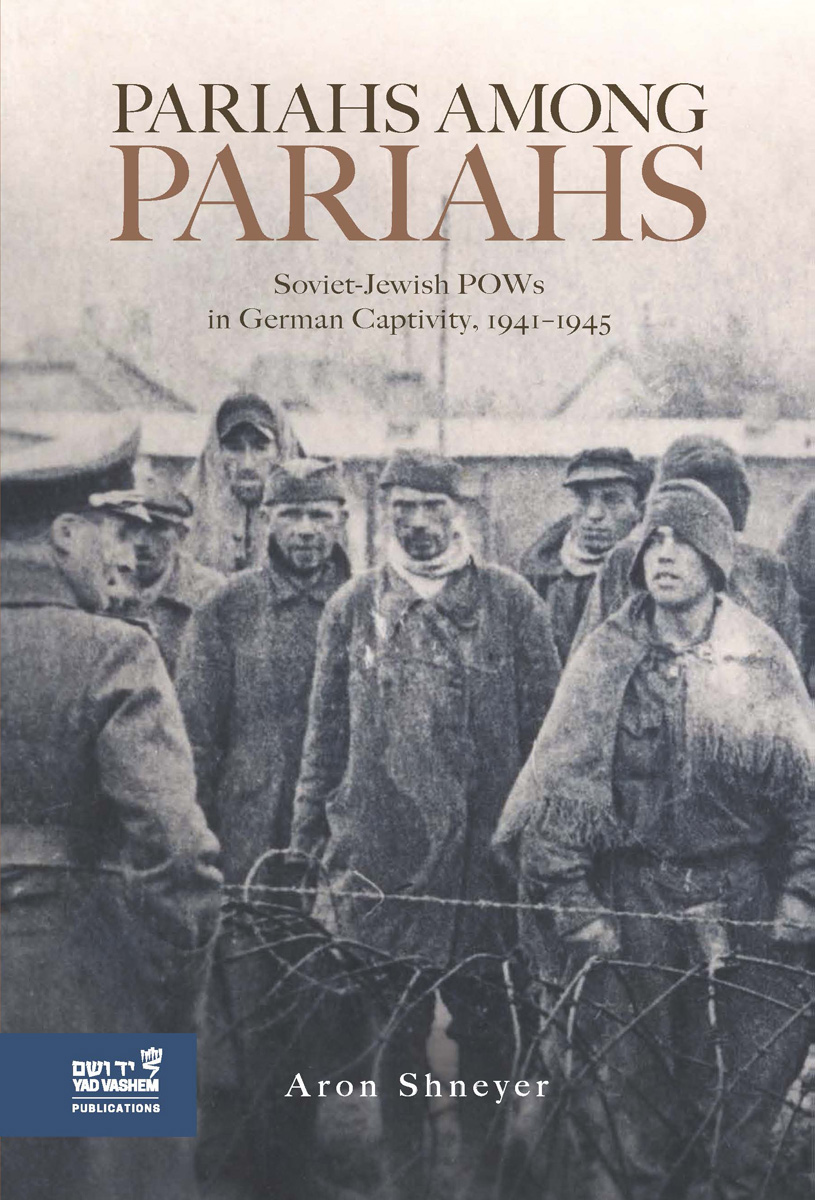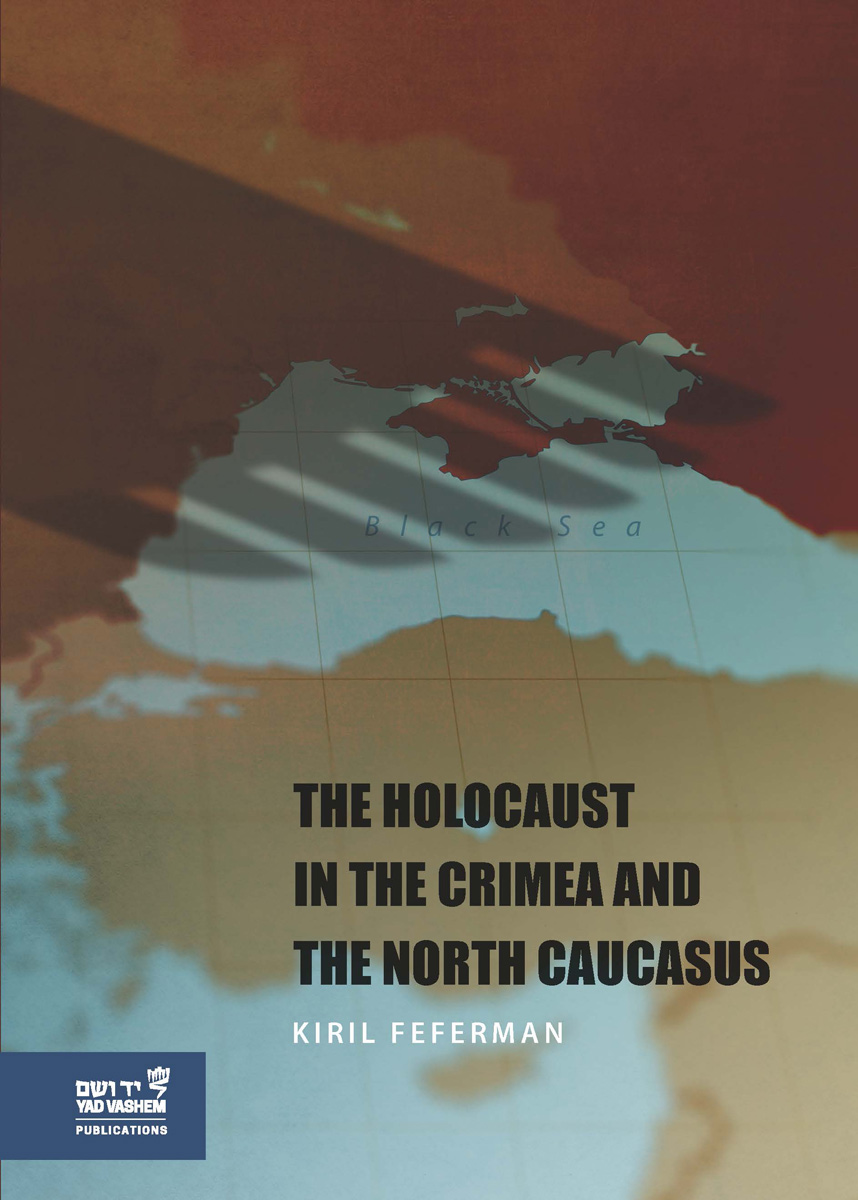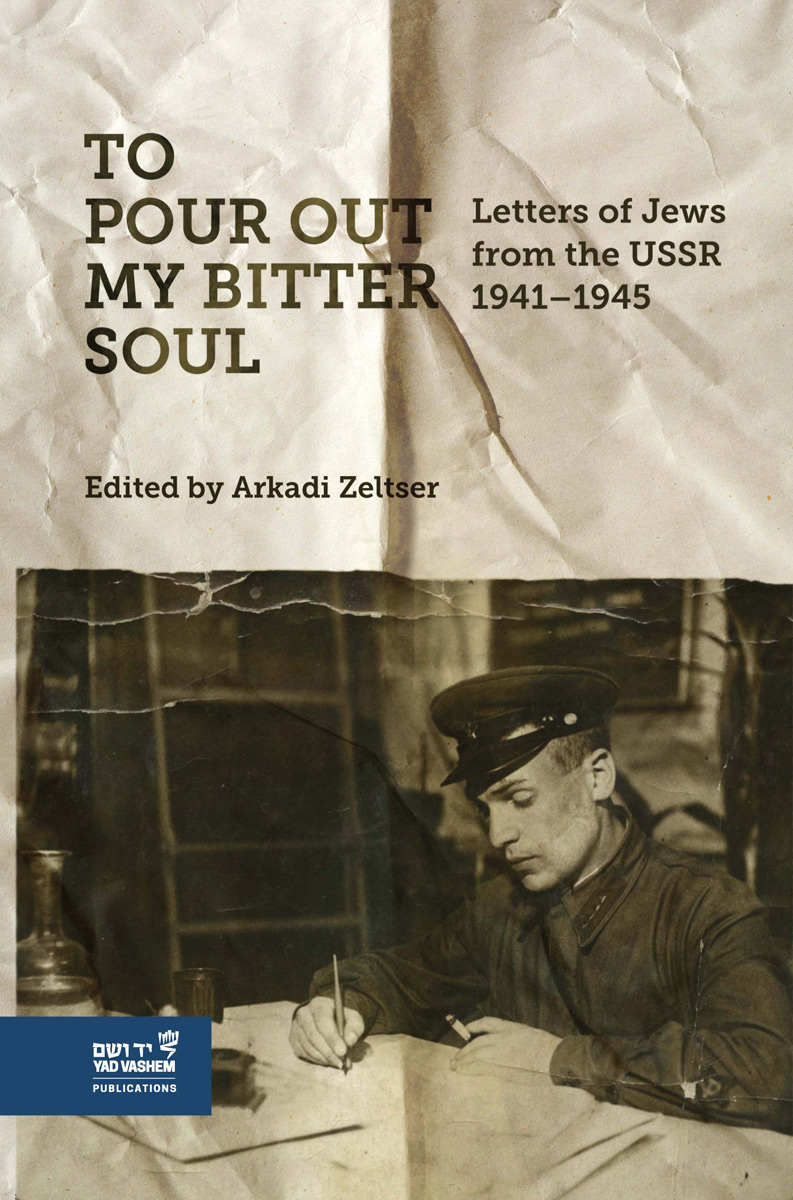Pariahs among Pariahs: Soviet-Jewish POWs in German Captivity, 1941 - 1945

Pariahs among Pariahs: Soviet-Jewish POWs in German Captivity, 1941 - 1945 by Aron Shneyer
“Once more I am asking the Jews to step out of line!” Three stepped forward. Smirking with satisfaction, the commander signaled to the soldiers. The Jews were taken away.
During World War 2, more than fifteen million soldiers were captured and taken prisoner. Between six and seven million of those captives had fought on the side of the Allies and most of them were interned in POW camps operated by Nazi Germany. Their treatment differed greatly. While the Germans mostly honored the international treaties in the case of Western Allies, members of the Polish Army and the Red Army were starved, used for slave labor, and in many cases murdered.
Among the Polish and Soviet POWs, Jews were specifically targeted − they were ‘Pariahs among Pariahs’. Being recognized as Jewish meant certain death, in most cases on the spot. In their attempt to identify every captured Jew, the Germans conducted selections and examinations. Using threats and promises of reward they tried to convince the prisoners to betray their Jewish comrades. The overwhelming majority of the Jewish POWs who were captured on the Eastern Front did not survive. Those who did had to rely on disguises and assistance from non-Jews until they were liberated or managed to flee. Using a wealth of source material, this book retraces the experience of Jewish POWs, introducing many accounts that were previously not available in English translation.
The Holocaust in the Crimea and the North Caucasus

The Holocaust in the Crimea and the North Caucasus by Kiril Feferman
This important and fundamental study presents a comprehensive account of the Jews in the Crimea and the North Caucasus in the Holocaust years. Based on extensive archival research, Feferman covers the life and destruction of the Jewish population in the region and describes in detail the relations between Jews and non-Jews before and during the war; the evacuation of Jews into these regions and out of them; the German occupation and the annihilation of the Ashkenazi Jewish population; the fate of non-Ashkenazi Jews in the area; Jewish responses; and reactions of local populations, including Cossacks, devout Orthodox Christians and Muslims.
Objective factors, such as the availability of German manpower and food, weather and geographic conditions, in addition to subjective factors, such as the attitudes of Wehrmacht commanders, left their imprint on the implementation of the “Final Solution” policy in these areas. By the time the Germans occupied the Crimea in November 1941, it was absolutely clear to them that the Jews had to be eliminated. All the more so when they came to dominate the North Caucasus in the summer of 1942. Yet, the Nazi decision-makers were vexed by the need to clarify who was a Jew. The case of the Ashkenazi Jews was clear-cut, and their fate was similar to that of their brethren elsewhere in Europe. However, the Germans faced a formidable difficulty in categorizing the non-Ashkenazi Karaites and Krymchaks in the Crimea, and Mountain Jews in the North Caucasus, who, according to the Nazi world-view, shared some but not all racial and religious characteristics of Jews. Subsequently, German investigation involved a thorough pseudo-scientific analysis of racial and religious features by the Nazi academy, as well as SS “researchers.”
Set against the background of the ongoing murder of Ashkenazi Jews in these regions and local politics with geo-political implications, this research title also focuses on the support – or lack thereof – lent to Karaites, Krymchaks and Mountain Jews by local Muslims. These interwoven histories cover a hitherto unexplored terrain in Holocaust history, and offer a fascinating window into the history of the Crimea and the North Caucasus and the fate of their Jewish inhabitants during World War II.
To Pour out my Bitter Soul: Letters of Jews from the USSR 1941-1945

To Pour out my Bitter Soul: Letters of Jews from the USSR 1941-1945 by Arkadi Zeltser
I don’t know how to begin this letter but I have to write it or else my heart feels as if it will burst from pain. It is precisely to you that I have to write. Perhaps because I feel my own pain and tears in your words. For many Soviet Jews during World War II, including those who personally experienced the Holocaust, those who served in the Red Army and those who found themselves in the Soviet rear, questions of identity and belonging became increasingly important. Those questions arose not only due to the growing awareness of the Nazi policy of annihilating the Jews, but also as a result of the increase in grassroots antisemitism on Soviet territory.
The 100 letters presented in To Pour Out My Bitter Soul provide a unique insight into the multi-faceted Jewish life on the soil of the Soviet Union during the years of the Second World War. Written between 1941 and 1945, these letters open a window into the world of Soviet Jewish thoughts and feelings. The authors differed from each other in terms of their education, their prewar experience, and their wartime fate. Nevertheless, all of them felt the urgent need to share their thoughts with others. For some of these writers, this collection brings to light the last thoughts they were able to share with their loved ones before they had to face death.






